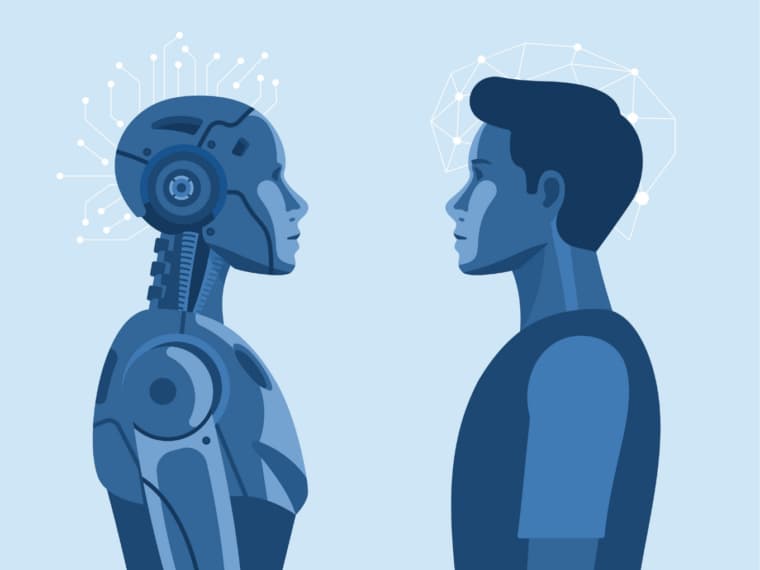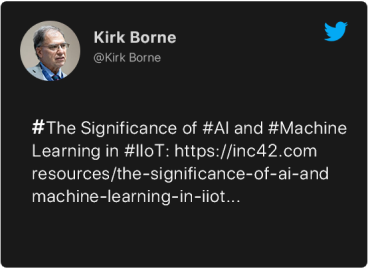
A recent Goldman Sachs’ report predicts the total market for humanoid robots will touch $38 Bn by 2035
Adding just 1.34 robots per 1,000 workers can reduce workplace injuries by 1.2 per worker, highlighting the significant safety benefits of automation
AI-powered robotics are also fueling demand in smart infrastructure and urban development
Imagine stepping into a hotel and a robot concierge greets you at your hotel, remembering your preferences. In nearby warehouses, robots manage inventory and streamline deliveries. On the streets, robotic assistants optimise traffic and public transportation, reducing congestion and emissions. This is not a distant dream but an imminent reality, driven by the relentless advance of AI and robotics.
Earlier this year, the tech world buzzed with excitement as Jensen Huang, CEO of Nvidia, took the stage at the GPU Technology Conference in San Jose, USA, to unveil the Project GROOT Foundation AI model. This revolutionary model, designed to enhance humanoid robots, marked a quantum leap in robotics. Alongside it, the launch of Thor, a specialised system-on-a-chip for robotics, signaled the dawn of a new era in robot sophistication.
Huang’s announcement was more than just a tech showcase—it was a beacon, drawing the collective gaze of the world’s leading tech giants. Open AI, Microsoft, Tesla, Amazon, and Intel are all converging on this new frontier, eager to redefine the global industrial landscape. Their shared vision is bold and transformative: humanoid robots are not just the next step in technological evolution—they are poised to revolutionise industries and redefine the very fabric of our everyday lives.
The Compelling Case For AI-Enabled Robotics
The proliferation of datasets, enhanced computing power, and connectivity in the digital age have fueled the growth of humanoid robotics. These robots stand out due to their ability to process data from sensors, IoT devices, and cloud platforms. They learn from prior experiences to optimise strategies, generate insights, and make informed decisions, providing an edge over traditional robots.
A recent Goldman Sachs Equity Investment report predicts the total market for humanoid robots will touch $38 Bn by 2035, a more than sixfold increase from previous projections. This optimism stems from advancements in end-to-end AI—a machine learning technique that trains neural networks akin to the human brain for complex tasks and multi-modal AI algorithms, which can process various data types like text, video, and audio.
These technological strides promise rapid progress in humanoid robot creation, with the necessary hardware already in place.
Economic And Technological Drivers
Goldman Sachs report also sheds light on a striking development — a 40% reduction in the cost of materials, components, and sub-assemblies for manufacturing high-tech robots over the past year. This cost-cutting is speeding up the adoption of cc in factories and consumer industries. Technological advances now allow manufacturers to automate a wider range of processes, customise workflows, and quickly adapt to market changes, enhancing efficiency and competitiveness.
Additionally, ScienceDirect reports that adding just 1.34 robots per 1,000 workers can reduce workplace injuries by 1.2 per worker, highlighting the significant safety benefits of automation.
Shaping Industries
The future demands more complex and customised products, propelling humanoid robots to center stage across various industries. Logistics companies will use these robots to automate inventory management and optimise routes, while the automobile sector will leverage them for precise EV assembly and component sorting. These robots, adept at navigating hazardous environments, mark a significant evolution from traditional industrial robots.
AI-powered robotics are also fueling demand in smart infrastructure and urban development. Imagine humanoid robots enhancing city planning, managing transportation systems, and revolutionising public services. This isn’t just about convenience—it’s about sustainability and improving quality of life in our urbanising world. The age of humanoid robots is here, ready to reshape cities and industries with unparalleled intelligence and adaptability.
The Investor’s Perspective And Vision For Future
As tech giants race to develop more sophisticated robots, investors have a unique opportunity to participate in an industry poised for exponential growth. Humanoid robots are more than a technological marvel—they are the harbingers of a new industrial revolution. Their potential to transform industries, improve efficiencies, and create safer workplaces makes them an attractive proposition for investors worldwide.
As we stand on the brink of this new frontier, those who recognise and capitalise on these opportunities will lead the way in shaping a future where humanoid robots are an integral part of our daily lives and industries.































 Ad-lite browsing experience
Ad-lite browsing experience